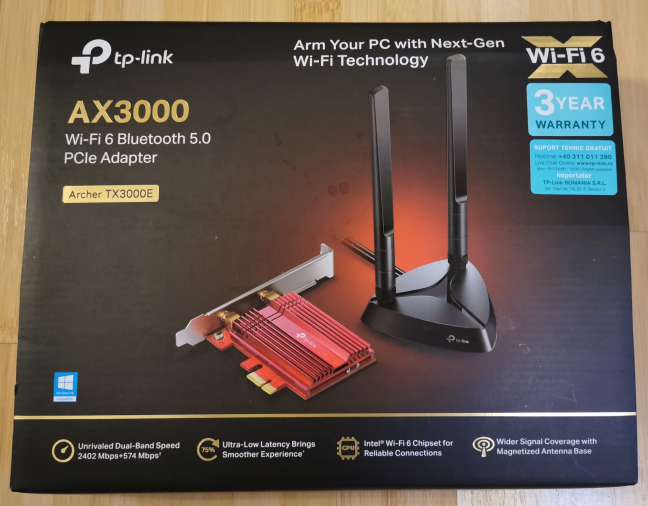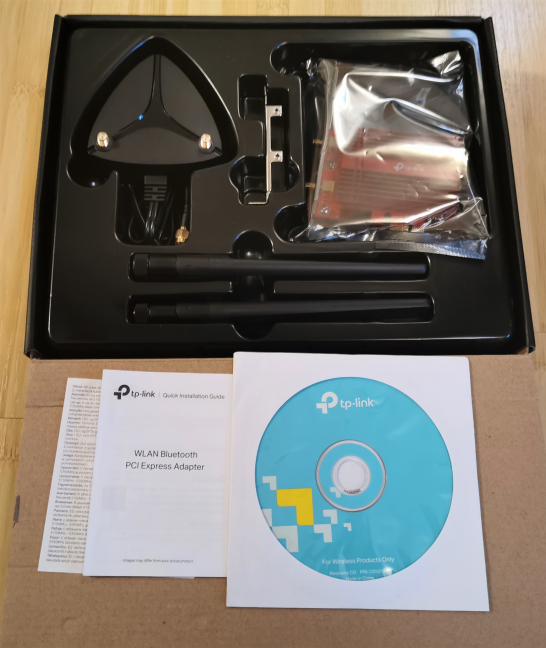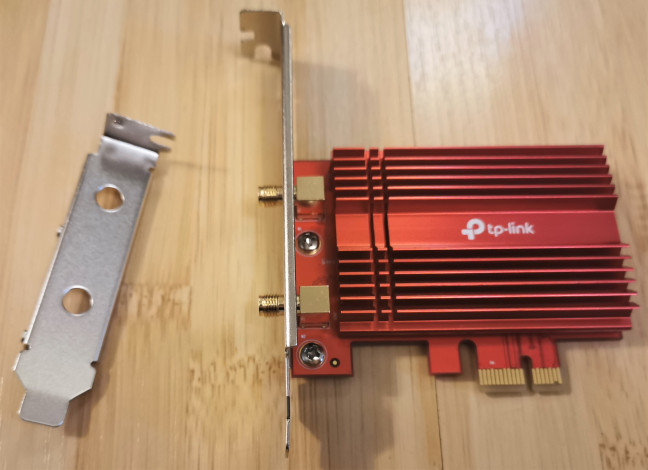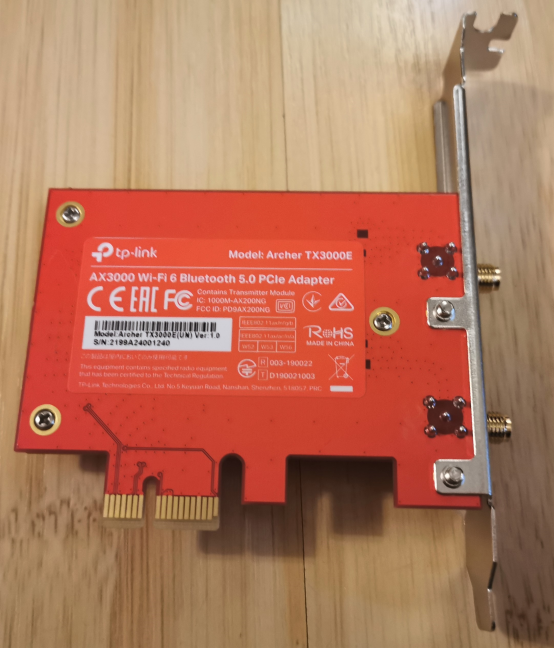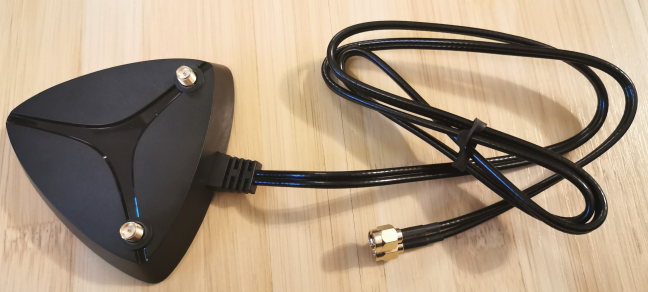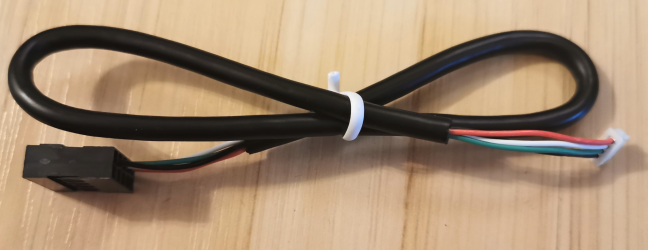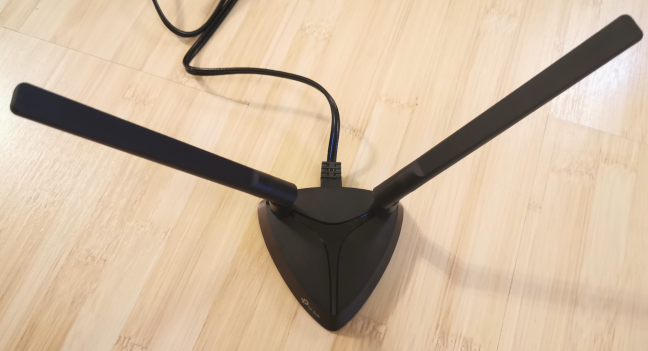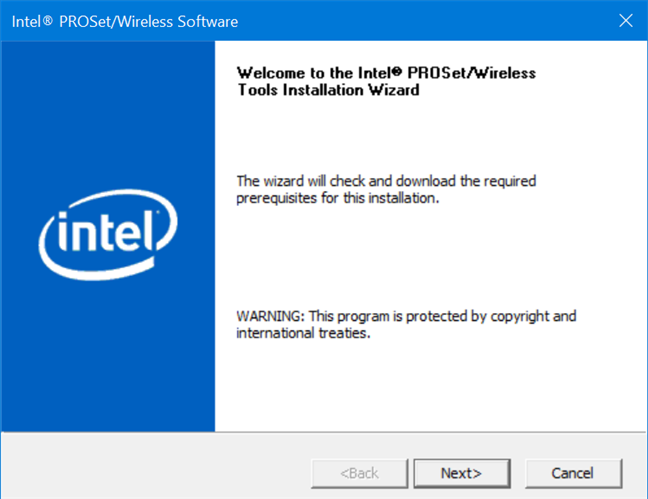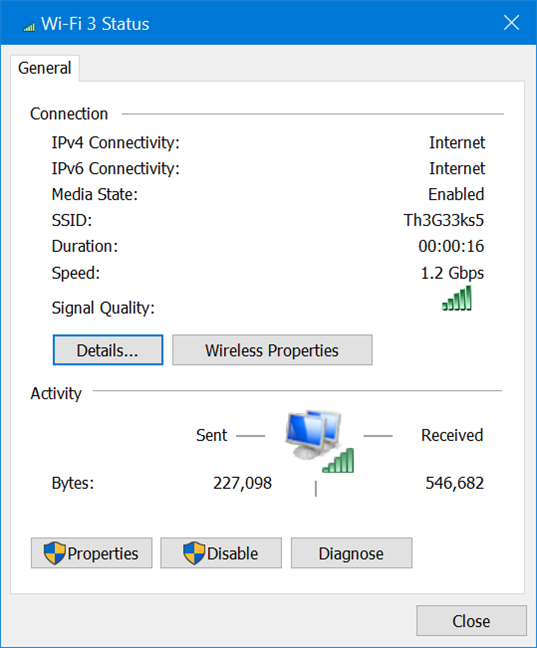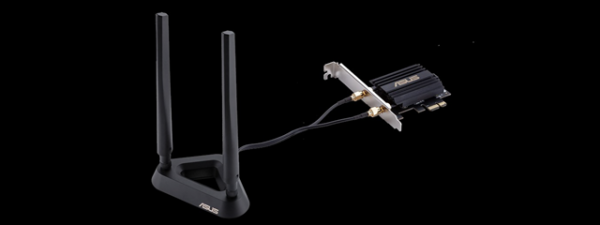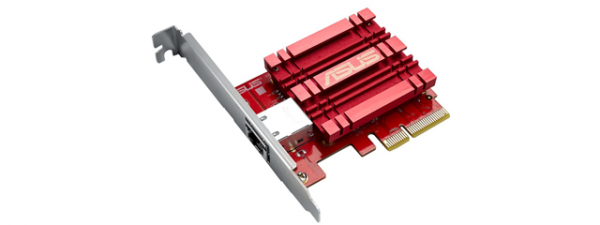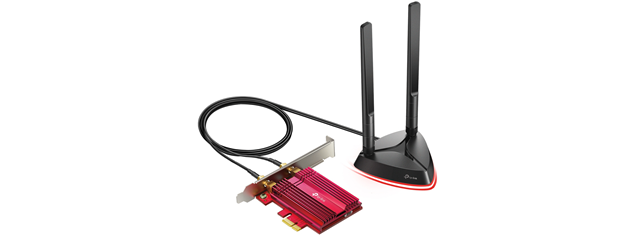
Like it or not, the Wi-Fi 6 network standard is here to stay. Wi-Fi 6 routers and equipment are launched regularly, and their aim is not only to convince people to buy new gadgets, but also to provide faster and more reliable wireless connectivity. TP-Link has recently launched a PCI-Express network card for desktop users who want to ditch cables, and want to switch to the fastest possible Wi-Fi. Its name is TP-Link Archer TX3000E, and here is what it has to offer:
TP-Link Archer TX3000E: Who is it good for?
The TP-Link Archer TX3000E network card is an excellent choice for:
- Users who have wireless routers with the new Wi-Fi 6 (802.11ax) standard
- People who no longer want to use network cables for connecting their desktop PCs to the network
- Gamers and users who desire fast Wi-Fi connections
Pros and cons
TP-Link Archer TX3000E has the following positives:
- Support for Wi-Fi 6 and Bluetooth 5
- Excellent speed on Wi-Fi 6
- It can be mounted both in standard desktop PCs and small factor PCs
- Windows 10 drivers that receive regular updates and improvements
There is a minor downside too:
- No drivers for Linux or macOS
Verdict
If you want to enjoy the benefits of a PCI-Express network card with support for the Wi-Fi 6 standard, at a reasonable price, TP-Link Archer TX3000E is a great choice. You get high performance when using Wi-Fi 6 and excellent driver support for Windows 10. Another benefit is that you can also use it to connect Bluetooth devices to your PC. Overall, TP-Link Archer TX3000E is an excellent choice for anyone switching their wireless network to the Wi-Fi 6 standard.
Unboxing the TP-Link Archer TX3000E Wi-Fi 6 Bluetooth 5.0 adapter
The TP-Link Archer TX3000E AX3000 network card comes in a black box with red accents, which looks like you just bought a product designed for gamers. You see a picture of the device on top and its most important characteristics. For more technical details, look on the sides and the back of the box.
When you open the box, you see the following: the Archer TX3000E network card, its magnetized antenna base, two 5 dBi external antennas, a low-profile bracket, the Bluetooth header cable, the Quick Installation Guide, and a resource CD with drivers and the product documentation.
As you would expect, unboxing the TP-Link Archer TX3000E network card is a quick and pleasant experience. Inside the box, you find everything you need to get started.
Design and hardware specifications
TP-Link Archer TX3000E is a small network adapter with a size of 3.7 × 4.8 × 0.8 inches or 95.2 ×120.8 ×21.5 mm in width, depth, and height. It is colored in red, and it has a large heatsink for passive cooling that ensures optimal performance. A useful feature is that it comes with a low profile bracket too. You can use it for mounting the card inside a small form factor PC.
Inside TP-Link Archer TX3000E, there is an Intel Wi-Fi 6 AX200 chip with support the Wi-Fi 6 (802.11ax) standard, 2x2 MU-MIMO wireless transfers, and the latest WPA3 Wi-Fi security standard. You also get Bluetooth version 5, for connecting all kinds of devices, and support for all the native Bluetooth profiles implemented in Windows 10. Another nice detail is that the network card has gold plating on every contact to resist oxidation.
The total theoretical maximum bandwidth for TP-Link Archer TX3000E is 2402 Mbps on the 5 GHz band and of 574 Mbps on the 2.4 GHz band when using the Wi-Fi 6 standard. The maximum bandwidth lowers to 1733 Mbps when using Wi-Fi 5 and 300 Mbps when using Wi-Fi 4. Unfortunately, speaking of drivers, this network card has official support only for Windows 10.
The magnetized base where you mount the two multi-directional antennas has a 1-meter (3.2 feet) long RF coaxial cable, which should be long enough for most desktop PC users.
To find out more about this network card, visit its product page: TP-Link Archer TX3000E Specifications.
TP-Link Archer TX3000E AX3000 Wi-Fi 6 Bluetooth 5.0 PCIe adapter is a beautiful wireless network card that promises excellent performance.
Installing and using the TP-Link Archer TX3000E Wi-Fi 6 adapter
When you add the TP-Link Archer TX3000E network card inside your PC, you also need to connect the Bluetooth header cable to both the card, and your motherboard, using a F_USB connector. If your motherboard doesn't have one available, you cannot utilize the Bluetooth functionality. Your solution is to use a J_USB connector (if available) or an Internal USB Hub for your motherboard.
If Bluetooth connectivity is not something you're after, you can use TP-Link Archer TX3000E for Wi-Fi only, without connecting the Bluetooth header cable. After you plug in the card into the PCI-Express slot, connect the antennas or the external transceiver that allows you to position the antennas outside of your PC chassis, and adjust their angle for less interference and optimal signal reception.
You can find the drivers on the setup disc located inside the box. However, it is a better idea to download the latest version from the Intel Wi-Fi 6 AX200 support page. We noticed that Intel does a better job of providing regular driver updates than TP-Link does on its support page. Keep in mind that to fully utilize this network card, you need to install both the wireless card driver and the Bluetooth driver.
After the drivers are installed, use the network card to connect to your Wi-Fi. Our wireless network is using the Wi-Fi 6 (802.11ax) standard and, when we connected to it, Windows 10 reported excellent signal quality and 1.2 Gbps as the network speed.
We had no problems connecting to different wireless bands, using different standards from Wi-Fi 4 to Wi-Fi 6. We transferred files over the network, did media streaming, online gaming, and web browsing. We accomplished all that without stability issues. Another upside is that Windows 10's drivers for this card and its Intel Wi-Fi 6 AX200 chip are updated regularly, making it a good investment for a PC that you want to use for a long time.
The Wi-Fi speed you get from TP-Link Archer TX3000E
To see the speeds you get when using this network card, we used the TP-Link Archer AX6000 Wi-Fi 6 router and ran some measurements with SpeedTest. Our internet connection has a maximum of 1 Gbps for the download speed, and 500 Mbps for the upload speed.
First, we wanted to see the maximum speed that can be achieved on the 2.4 GHz band. When we used the Wi-Fi 4 (802.11n) wireless standard, the maximum download speed reached by TP-Link Archer TX3000E was 112.50 Mbps, while the upload speed was 107.97 Mbps. It was fast but not impressive.
When we switched to the Wi-Fi 6 (802.11ax) wireless standard, on the same 2.4 GHz band, we reached speeds that we close to double: 212.02 Mbps for the download, and 220.72 Mbps for upload. That's an impressive increase!
We moved on to the 5 GHz band, and first used the Wi-Fi 5 (802.11ac) wireless standard. We measured a download speed of 647.57 Mbps and 504.74 Mbps for upload. Top speeds to start with!
When we switched to the Wi-Fi 6 (802.11ax) wireless standard, we measured an increase of approximately 17%: 754.46 Mbps for the download speed. The upload speed did not increase because our internet connection is capped at 500 Mbps.
TP-Link Archer TX3000E can offer stunningly fast wireless transfers on the 5 GHz band, when using the Wi-Fi 6 (802.11ax) standard.
What is your opinion about the TP-Link Archer TX3000E AX3000 Wi-Fi 6 Bluetooth 5.0 PCIe adapter?
Now you know the real-life speed we measured while using the TP-Link Archer TX3000E network card and that we were satisfied with our testing experience. Before closing this review, tell us whether you have any questions about this network card and if you consider buying it. Comment below and share your perspective.


 22.01.2020
22.01.2020 